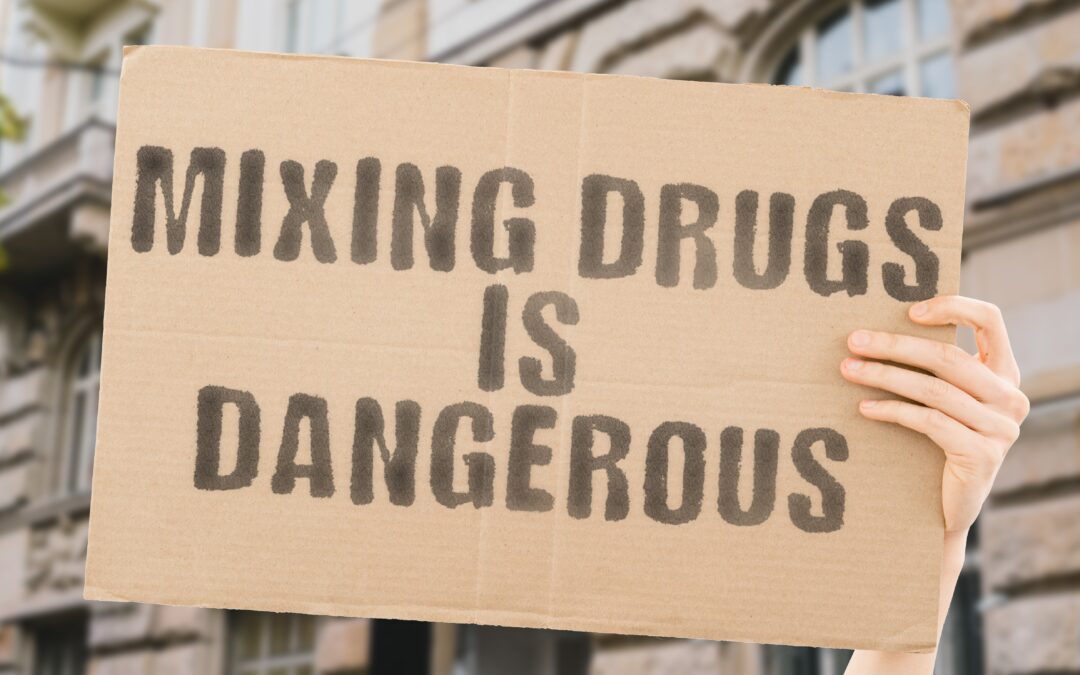In the realm of substance abuse, few combinations are as perilous as the mixture of cocaine and fentanyl. While each drug presents its own set of dangers, their deadly synergy has become a growing concern in recent years. In this comprehensive blog post, we will explore the grave dangers of combining cocaine with fentanyl and provide invaluable insights into recognizing the signs of such drug use in a loved one.
Understanding Cocaine and Fentanyl:
Before we delve into the dangers of this deadly combination, it is essential to understand the individual properties of cocaine and fentanyl.
- Cocaine: Cocaine is a powerful stimulant that affects the central nervous system. It is notorious for its highly addictive nature and the severe physical and psychological consequences of prolonged use.
- Fentanyl: Fentanyl is an incredibly potent synthetic opioid that is used medically to manage severe pain. However, its illicit use has contributed to a devastating public health crisis, as even a minuscule amount can be fatal.
The Lethal Mix:
When cocaine and fentanyl are combined, they create a dangerous and potentially lethal cocktail. Here’s why this combination is so deadly:
- Opposite Effects: Cocaine is a stimulant that increases heart rate and blood pressure, while fentanyl is a depressant that slows down the central nervous system. Using these drugs together places tremendous stress on the heart and can lead to cardiac arrest or other severe health problems.
- Masking Effects: Cocaine can mask the sedative effects of fentanyl, leading individuals to take more fentanyl than they can safely tolerate, greatly increasing the risk of overdose.
Dangers of Cocaine and Fentanyl:
The combination of cocaine and fentanyl poses several serious risks:
- Overdose: Combining two powerful drugs with opposite effects increases the likelihood of an overdose, as the individual may not realize the extent of their impairment until it’s too late.
- Cardiac Complications: The simultaneous stimulation and depression of the heart can lead to heart attacks, arrhythmias, and other life-threatening cardiac issues.
- Respiratory Depression: Fentanyl’s sedative properties can slow down breathing, while cocaine increases oxygen demand. This can result in respiratory distress and, in some cases, respiratory failure.
- Increased Dependency: Combining these substances can lead to a more rapid development of dependence and addiction, as users may seek out the intense high produced by the mixture.
Recognizing Signs of Cocaine and Fentanyl Use:
Early recognition of drug use is crucial for intervention and potentially saving a loved one’s life. Here are common signs to watch for when suspecting cocaine and fentanyl use:
- Physical Signs:
- Dilated or pinpoint pupils
- Rapid weight loss and physical deterioration
- Slurred speech and confusion
- Respiratory distress, shallow breathing, or extreme drowsiness
- Behavioral Signs:
- Erratic and unpredictable behavior
- Extreme mood swings and irritability
- Isolation from friends and family
- Neglect of personal hygiene and appearance
- Engaging in risky or criminal activities to obtain drugs
- Psychological Signs:
- Intense cravings for both cocaine and fentanyl
- Hallucinations or delusions
- Paranoia and anxiety
- Cognitive impairment and memory problems
Getting Help:
If you suspect that a loved one is using cocaine and fentanyl, it is crucial to take immediate action. Here are the steps you can take:
- Open Communication: Approach your loved one with empathy and express your concerns without judgment. Encourage them to seek help.
- Professional Assistance: Connect your loved one with addiction specialists, therapists, or counselors who can assess their condition and provide appropriate treatment options.
- Treatment Options: Depending on the severity of their addiction, treatment options may include detoxification, inpatient or outpatient rehabilitation, therapy, and support groups.
- Support and Understanding: Offer your unwavering support throughout their recovery journey. Substance use disorder is a complex condition, and relapses can occur. Be patient and understanding.
Conclusion:
The combination of cocaine and fentanyl is a dangerous and potentially deadly cocktail that poses a severe threat to individuals struggling with substance use disorder. Recognizing the signs and understanding the risks associated with this combination is crucial for early intervention and saving lives. Addiction is a complex disease that requires treatment, compassion, and support. By shedding light on the dangers of this deadly duo, we hope to raise awareness and encourage early intervention and recovery for those in need.

